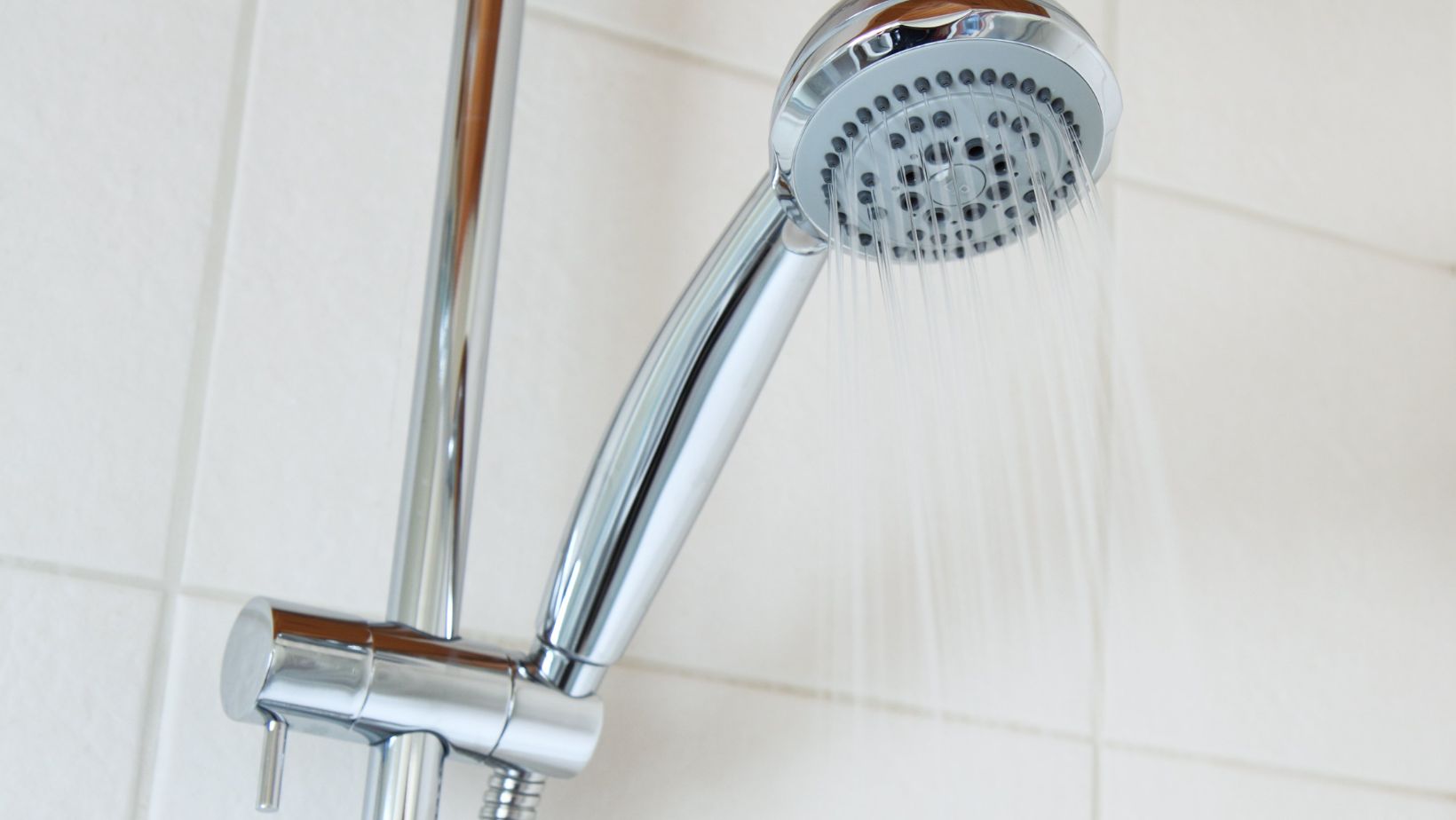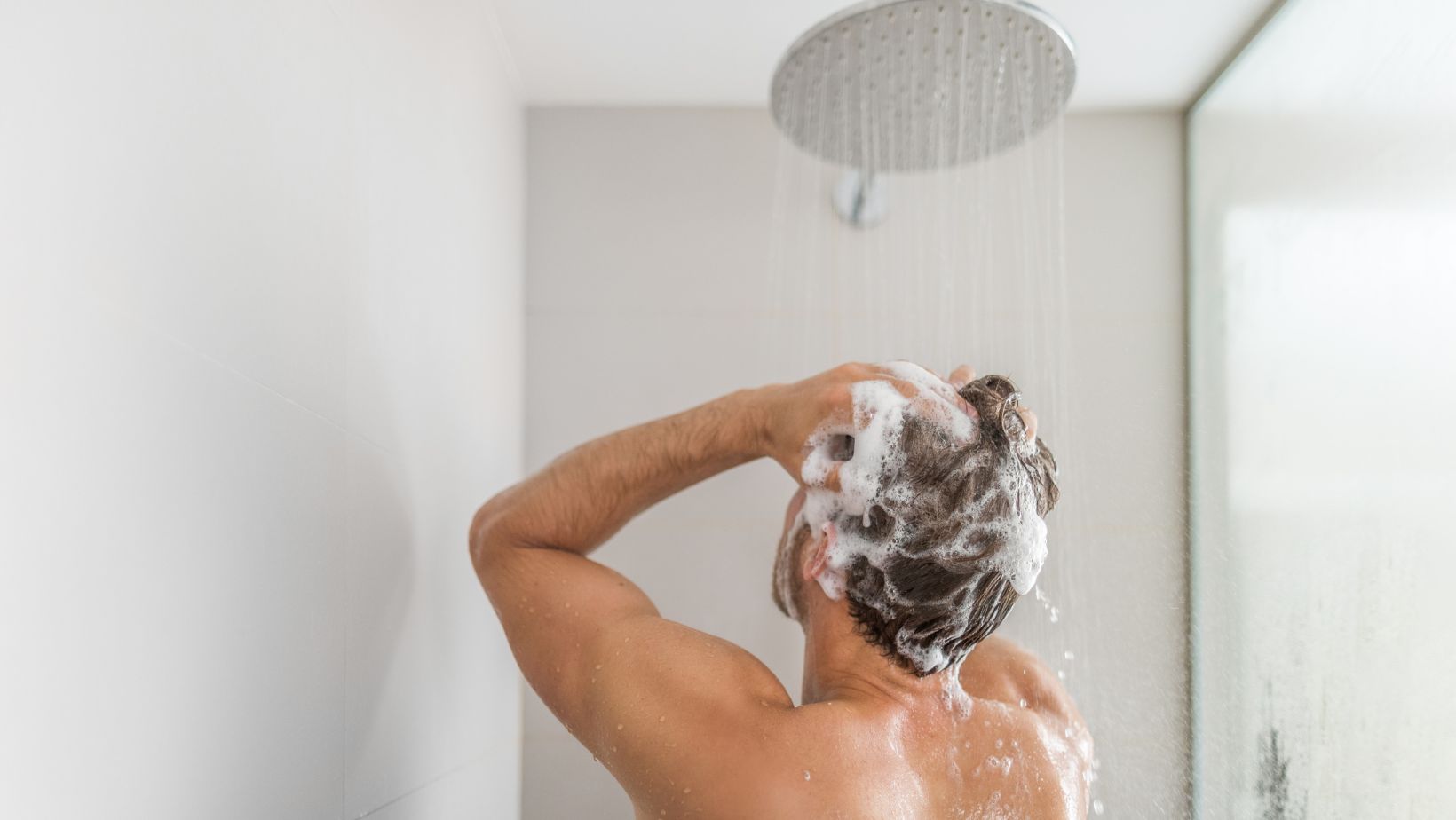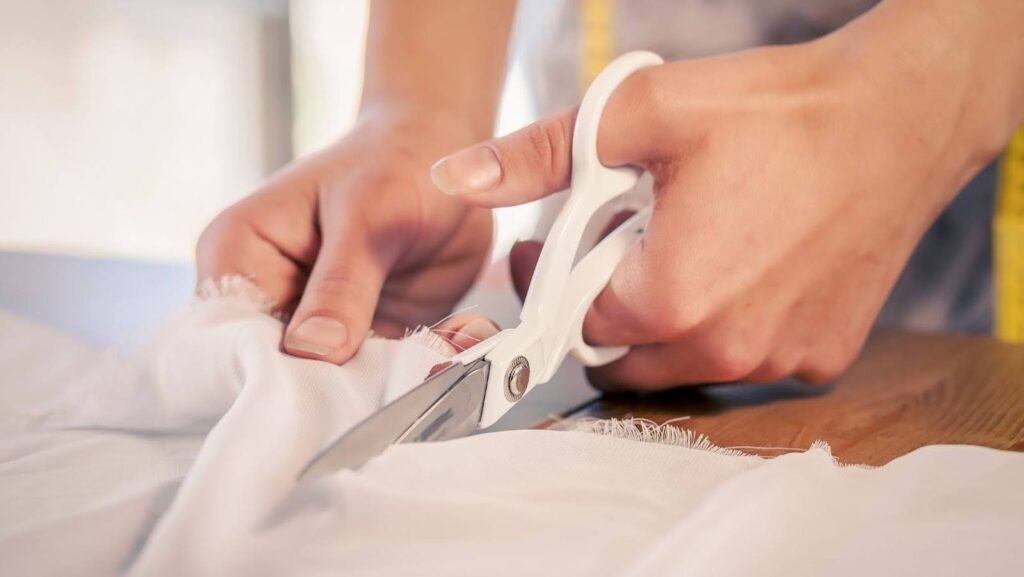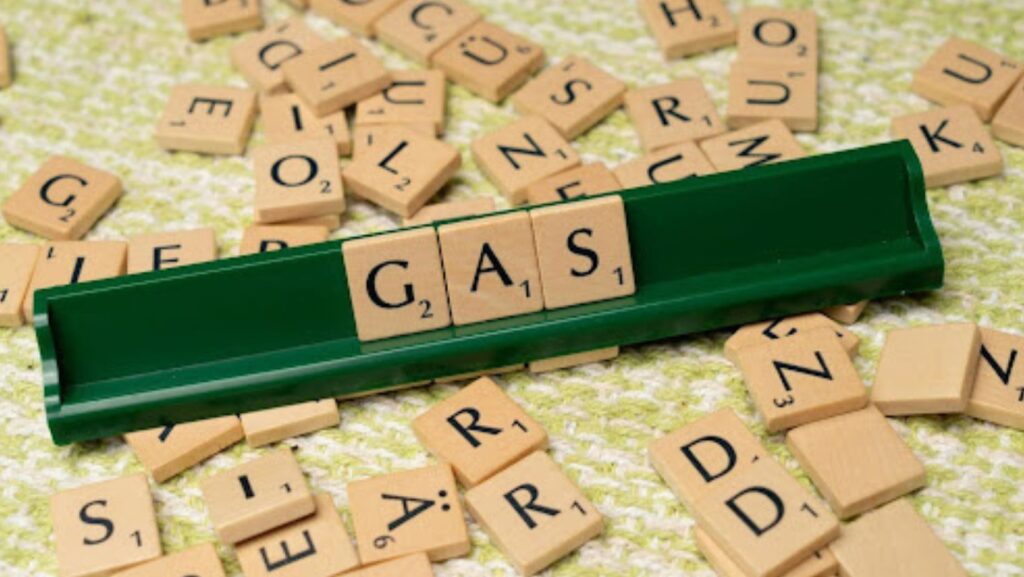There’s nothing quite like a relaxing hot shower, especially after a long day. So, it can be a real shock to the system when you’re suddenly drenched in cold water. If your shower has given up the warmth, don’t panic. There are several common reasons why this happens, and often, the solutions are simpler than you might think. This guide will help you troubleshoot the problem in a friendly and easy-to-understand way, and get you back to those steamy showers in no time.
Check Your Water Heater Settings
First things first, check if your water heater is on the correct setting. Sometimes, the temperature dial can accidentally be turned down or switched off. Ensure it’s set to a suitable temperature, typically around 60 degrees Celsius for most households, which is hot enough to kill bacteria while still being safe to prevent scalding.
Investigate the Water Heater Itself
If the settings look fine, the next step is to check the water heater. Several issues could be causing the lack of hot water:
- Age of the Heater: If your water heater is old, it might not be working efficiently or could have given up completely.
- Pilot Light: For gas water heaters, ensure the pilot light hasn’t gone out. If it has, relight it following the manufacturer’s instructions.
- Circuit Breaker: For electric heaters, check your circuit breaker to see if it has tripped. If it has, switch it back on and monitor it. If it trips again, you might have a more serious electrical issue.
- Sediment Build-Up: Over time, sediment can build up at the bottom of the tank, insulating the water from the heater’s burner or element, which can affect water temperature.
Regular hot water servicing can prevent many of these issues by keeping the system in optimal condition and identifying potential problems before they lead to a cold shower.
Demand vs. Supply
If your water heater seems to be in good working order, consider whether you’re simply running out of hot water because of high demand.

This can happen in busy households where showers, dishwashers, and washing machines are all competing for hot water at the same time. Here’s what you can check:
- Water Heater Capacity: Is your water heater big enough to meet the demands of your household?
- Usage Patterns: Try to space out high-demand hot water usage throughout the day.
- Upgrades: Consider upgrading to a larger tank or a tankless water heater that provides hot water on demand.
Examine Other Plumbing Issues
Sometimes the issue isn’t with the water heater but with the plumbing. Here are a few plumbing issues that could cause a drop in shower temperature:
- Cross-Connected Pipes: This occurs when cold water and hot water connections are incorrectly linked somewhere in your plumbing system. This might require a professional to diagnose and repair.
- Faulty Thermostatic Mixing Valve: This valve mixes hot and cold water to deliver a safe shower temperature. If it’s faulty, it might be letting too much cold water through.
Look at the Shower Valve
Another common culprit could be the shower valve, which controls the mix of hot and cold water coming to your shower. Over time, parts within the valve can wear out or become clogged with mineral deposits, affecting its function. Here’s how to check it:
- Access the Valve: This might involve removing the shower handle or other hardware. Check your specific shower model’s manual for instructions.
- Inspect for Wear: Look for any visible signs of wear or damage on the valve components.
- Clean or Replace: Cleaning out any debris may help, but sometimes parts or the entire valve may need to be replaced.
Consider External Factors
Finally, external factors such as extremely cold weather can affect your pipes and water temperature. If pipes are exposed to external walls, they may be more susceptible to cooling, especially during sudden drops in temperature. Insulating your pipes can help prevent this issue in the future.

By following these steps, you should be able to diagnose why your shower went cold. Most fixes are straightforward and can be handled without professional help. However, if you’ve gone through all these checks and are still shivering in the shower, it might be time to call in a plumber. They can provide a thorough check and fix any complex issues that might be beyond the scope of basic home repair.

